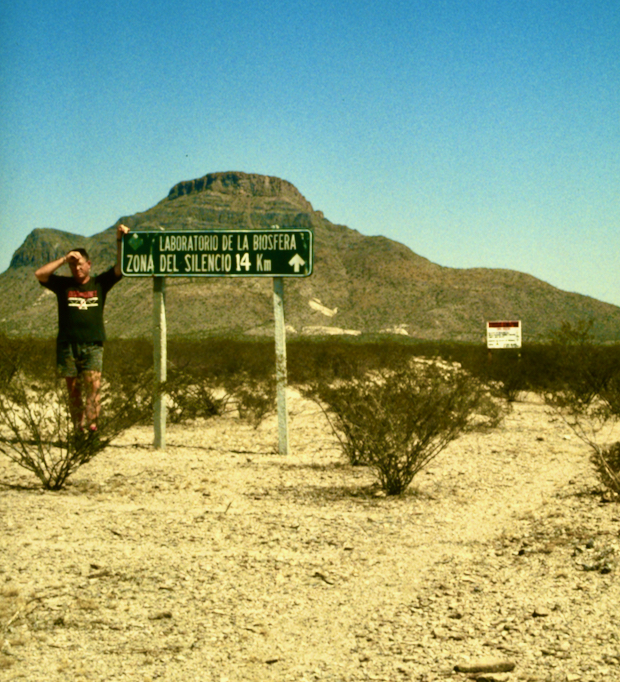

For clarity, Allende is a rare type of meteorite composed of metals, carbons, hydrocarbons - even amino acids and water, the fundamental stuff of life. Some theorize that abnormal levels of natural magnetism are strong enough to account for drawing iron-based meteorites even “space junk,” debris from human-made technology in decaying orbits around earth, including spent rocket stages and damaged satellites.īut while meteorite showers are nightly events, the Allende was the largest of its kind to ever fall to earth. Statistically close-to-impossible numbers of meteorite fragments are scattered far and wide throughout the zone.

Months of investigation only resulted in theories about why the rocket went rogue - there were no conclusive answers. It took weeks for the military to locate the crash site - the rocket was carrying a radioactive payload of cobalt 57. Prior to this day, 123-D had been successfully launched and landed 150 times.īut on this Saturday the 123-D unexpectedly sent itself toward Mexico, landing hundreds of miles off-course in El Zona del Silencio. The 123-D should have blasted directly into the stratosphere, turning around just short of reaching orbit to arc back for landing at White Sands. On July 11, 1970, the Athena-123-D rocket, targeted to White Sands, was launched, but went “rogue,” changing course after fourth stage ignition. The Air Force had also developed a class of rockets, the Athena series, considered a “workhorse” type missile. Several classes of missiles, including the Pershing, were tested - the Cold War era facility was officially de-activated in 1983. Warheads, targeted to the New Mexico White Sands Missile Range, were launched to research velocity and impact. Utah’s Green River, famous among river rafters as a launch site for access to the Colorado River, was once home to a US Air Force and US Army launch complex. Today much of the zone is within the boundaries of the Mapimí Biosphere Reserve - the inexplicable flora and fauna are subject to ongoing research. Insects grow two to three times normal size, and albino reptiles and snakes are frequently sighted.

Foot-long centipedes with purple heads and tails hunt anything they can catch, including mice and birds. What’s even weirder is that the purple and pink specimens are interspersed with green cactus plants.Īnother rare species, the tailless Mapimí tortoise, is native to the area. Nopal cactus grow in abundance - on the zone outskirts they have the typical green coloring, but change to pink and purple as one travels deeper into the region. Daytime temperatures can hit 120F and plummet to freezing after the sun drops below the horizon. During monsoon season the ground becomes a slippery paste, and dry arroyos fill with torrential flood waters in an instant. The wise enter the zone with as much ice and water as a vehicle can carry as well as extra gas.

More than 50-years since, the roads are still some combination of dirt, dust and mud, but signs point the way to El Zona del Silencio, and a 16 kilometer rail spur provides access from the outside. In 1966 the town, comprised of dirt roads and shacks, was barely on the map. El Zona del Silencio is an electromagnetic void an anomaly, where compasses spin like dervishes and cell phone and radio signals are the definition of “hit-and-miss.” Even so, some view these odd reports as “ deliberately invented to generate tourism and sold to the world via the mass media.” Entering El Zona del SilencioĬeballos, in the Mexican State of Durango, is the point of departure closest to the zone. And travel mishaps are dangerous as it’s difficult to call for help. Comprised of 1,500 square miles of inhospitable desert and extreme temperatures, there are no roads only dirt tracks. Like the Bermuda Triangle, the Zone of Silence is located on the 27th parallel. Notably, Zone locals also had superior dental health with straight white teeth, and random blood samples from Zone residents show far greater health than those from outside the area. The locals believed that couples having trouble conceiving children could visit the Zone with a baby coming nine months later. While native mestizos, the ethnically mixed descendants of Anglo and indigenous people, had long known the the area had strange and special qualities, it was now on the radar of a European-trained scientist. On that day, El Luminaro would stumble into a zone of anomalous paradox. On a blistering day in 1966, he departed Torreon for a photo expedition with a group of friends. After a European education, De La Peña returned to Mexico to teach chemistry at the Instituto Tecnológico de Laguna in Torreon, Mexico. Because of Mexican engineer and chemist Harry De La Peña’s blond hair and blue eyes, since high school he had been called “ El Luminaro ,” the Luminous One.


 0 kommentar(er)
0 kommentar(er)
